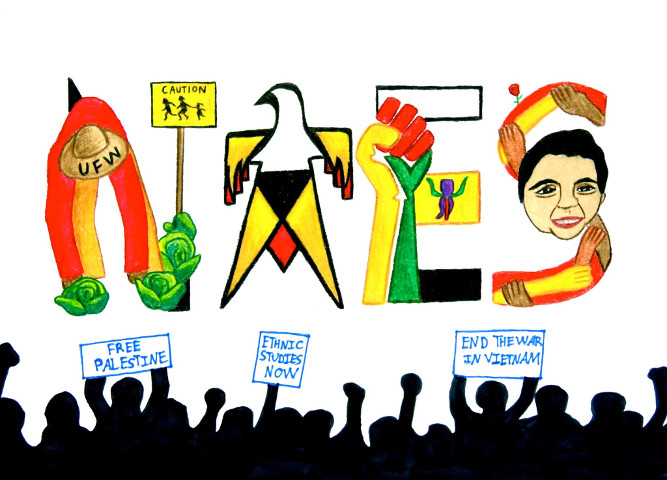Explorations in Sights and Sounds

Orginal Publication Date
1990
Journal Title
Explorations in Sights and Sounds
Volume
10
Issue
ess/vol10/iss1
First Page
23
Last Page
24
Abstract
Unlike more traditional biographies, oral histories require that readers suspend their basic cultural assumptions about narrative. These assumptions, according to James Clifford, form a "myth of personal coherence" in which readers expect a narrator's life story to represent a coherent and continuous self. The discrepancy between what a reader expects and what a reader receives forces the editor of an oral life-story to choose among several editorial options. In Cousin Joe, a work which took over twenty years to collect, to transcribe, and to edit, Harriet Ottenheimer informs us that she chose from three editing possibilities. She decided not to present a wholly unedited text complete with coughs and pauses, nor did she want to provide a work which included editorial commentary which might confuse the editor's voice with the teller's voice. Instead, she chose a style which strived for "some measure of coherence ... intended for a general reading public” because Cousin Joe wanted his story to be a " best seller." This compromising editorial tack proves to have a more positive than negative effect on the narrative, but Ottenheimer's tendency toward an unedited text is plain. Although the book does exhibit standard spelling and grammar, much of the narrative is made up of unedited, rambling digressions.
Rights
Copyright, ©EES, The National Association for Ethnic Studies, 1990


